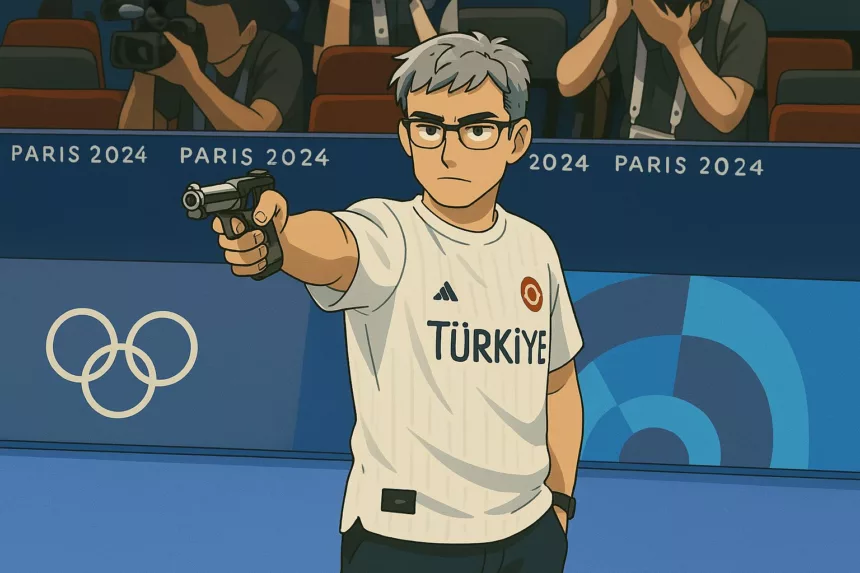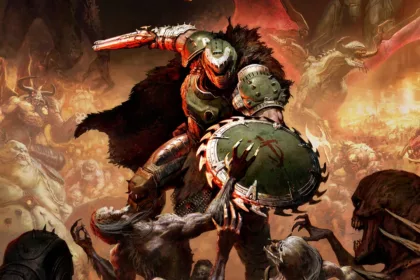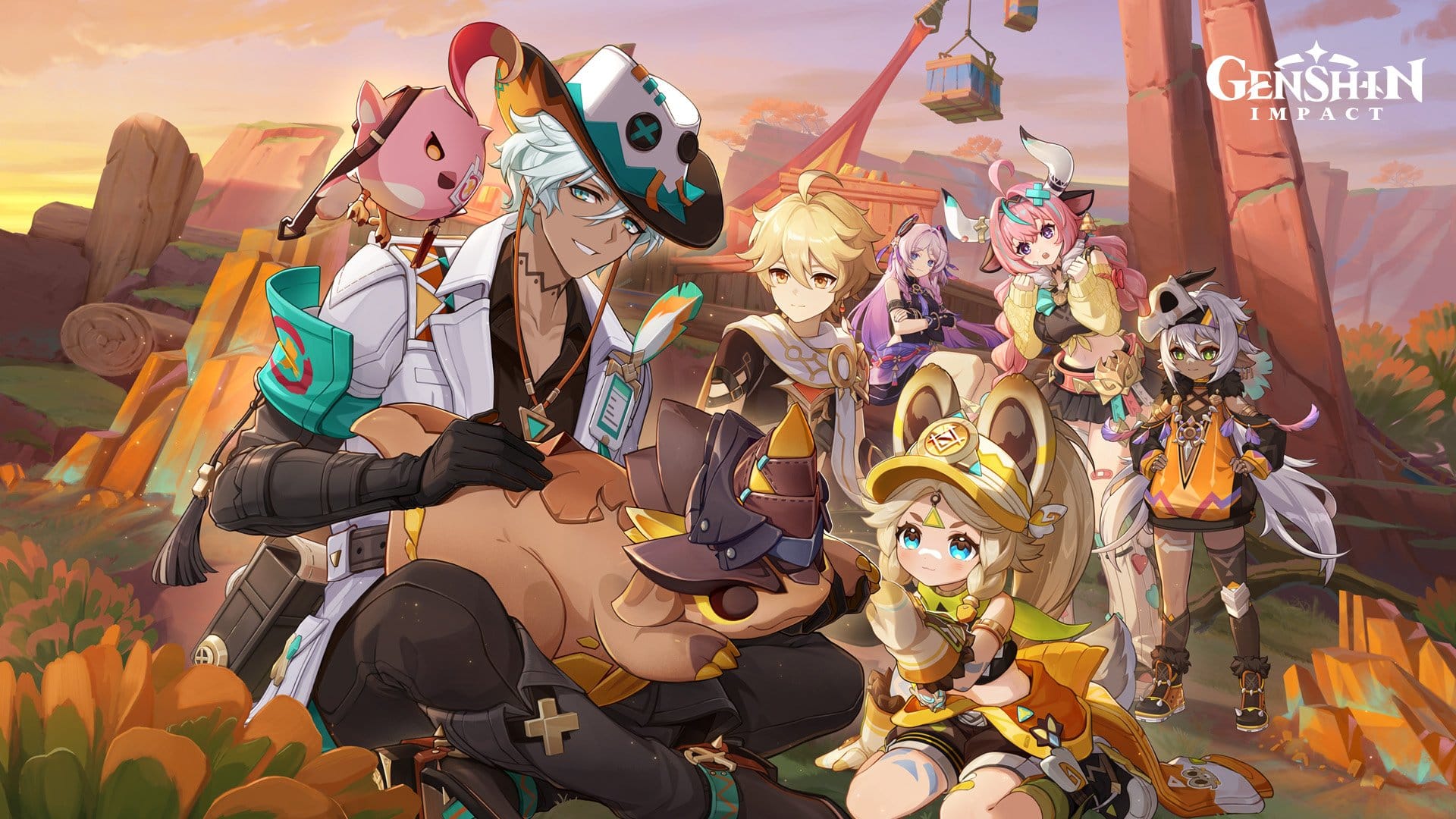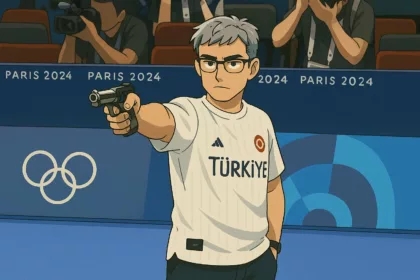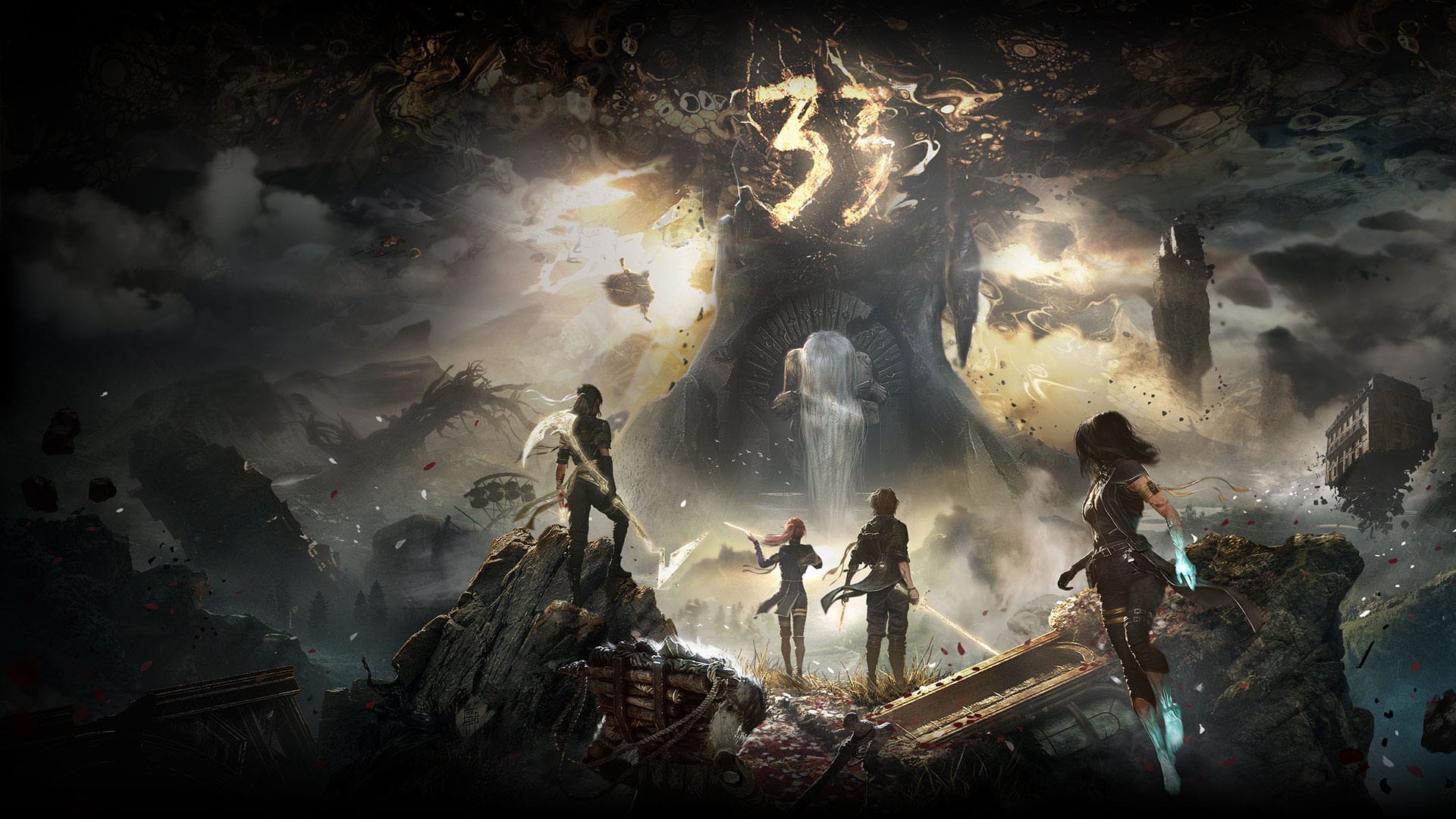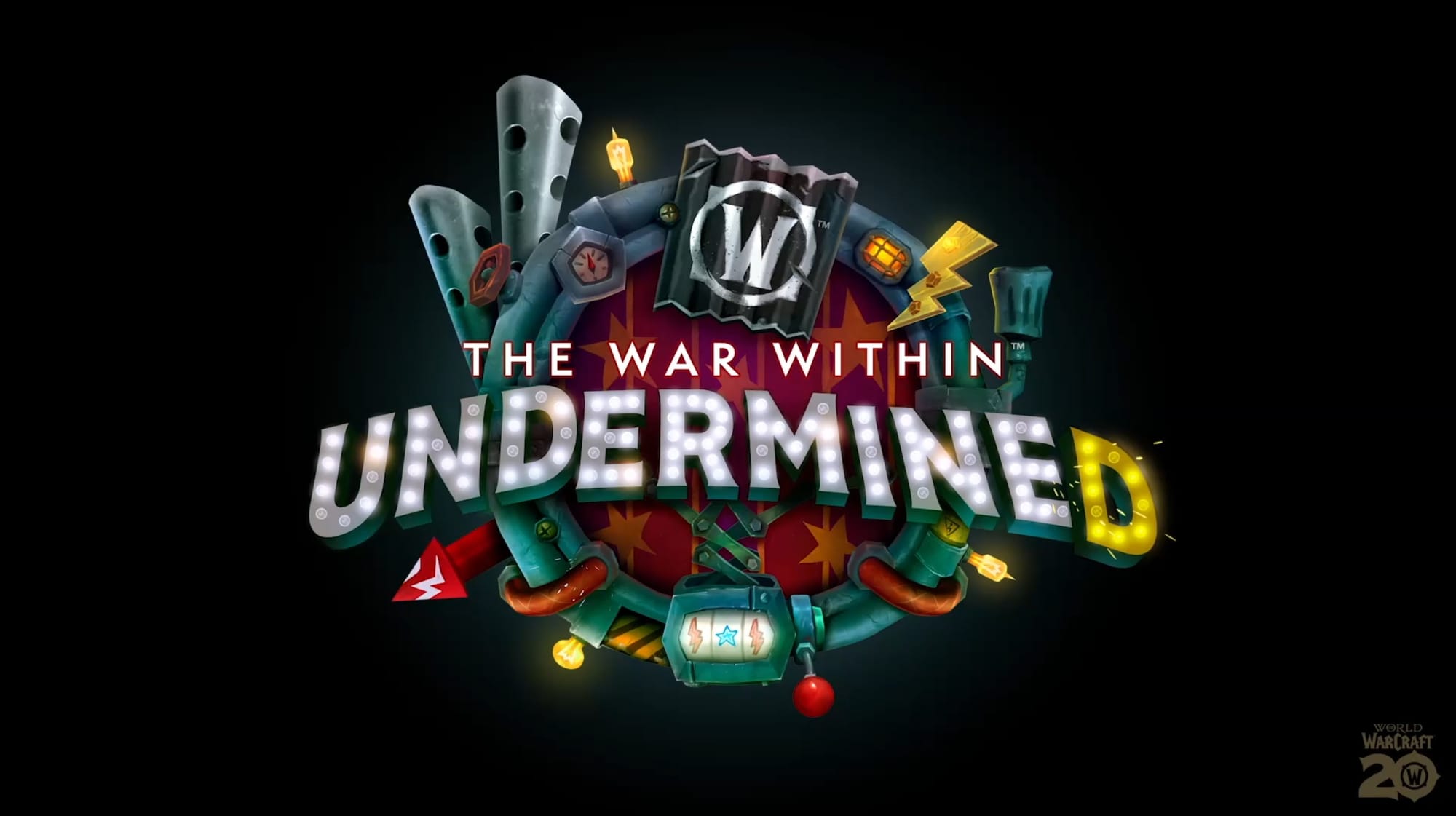A recent trend has taken social media by storm: AI-generated images that emulate the enchanting style of Studio Ghibli, renowned for films like “My Neighbor Totoro” and “Spirited Away.” This phenomenon has sparked both fascination and controversy, prompting discussions about creativity, ethics, and the boundaries of artificial intelligence (AI) in art.
The Rise of AI-Generated Ghibli-Style Art
OpenAI’s latest update to ChatGPT introduced a feature allowing users to transform personal photos and popular memes into images reminiscent of Studio Ghibli’s distinctive aesthetic. This capability, termed “Ghiblification,” enables users to create images with remarkable depth and shadow, leading to a surge in AI-generated art across social platforms.
The trend gained momentum when software engineer Grant Slatton shared an AI-generated image of his family in Ghibli style, inspiring others to create and share their own interpretations. This widespread adoption led to technical challenges, prompting OpenAI to implement rate limits to manage the high demand for image generation.
Artistic and Ethical Concerns
While many celebrate the creative possibilities of AI in art, others express concerns about its implications. Hayao Miyazaki, co-founder of Studio Ghibli, has previously criticized AI-generated animation, referring to it as an “insult to life itself.” He argues that AI lacks the human experience and emotion essential for authentic artistic expression, fearing that reliance on AI could lead to art devoid of soul and humanity.
This sentiment is echoed by artists and fans who feel that AI-generated art undermines the labor-intensive process and emotional depth inherent in traditional animation. The debate raises questions about the balance between technological advancement and the preservation of human artistry.
Legal and Copyright Considerations
The use of AI to replicate specific artistic styles also brings forth legal challenges. Legal experts question whether companies like OpenAI have obtained permission to use copyrighted works, such as those of Studio Ghibli, to train their AI models. Unauthorized use of such material could lead to significant copyright issues, highlighting the need for clear guidelines and consent in the development of AI technologies.
Conclusion
The emergence of AI-generated images in the style of Studio Ghibli exemplifies the rapid evolution of technology and its impact on art. As AI continues to influence creative processes, it is crucial to navigate the ethical, artistic, and legal complexities it introduces. Engaging in thoughtful discussions and establishing clear guidelines will be essential to ensure that AI serves as a tool that enriches human creativity without compromising the values that define authentic art.
